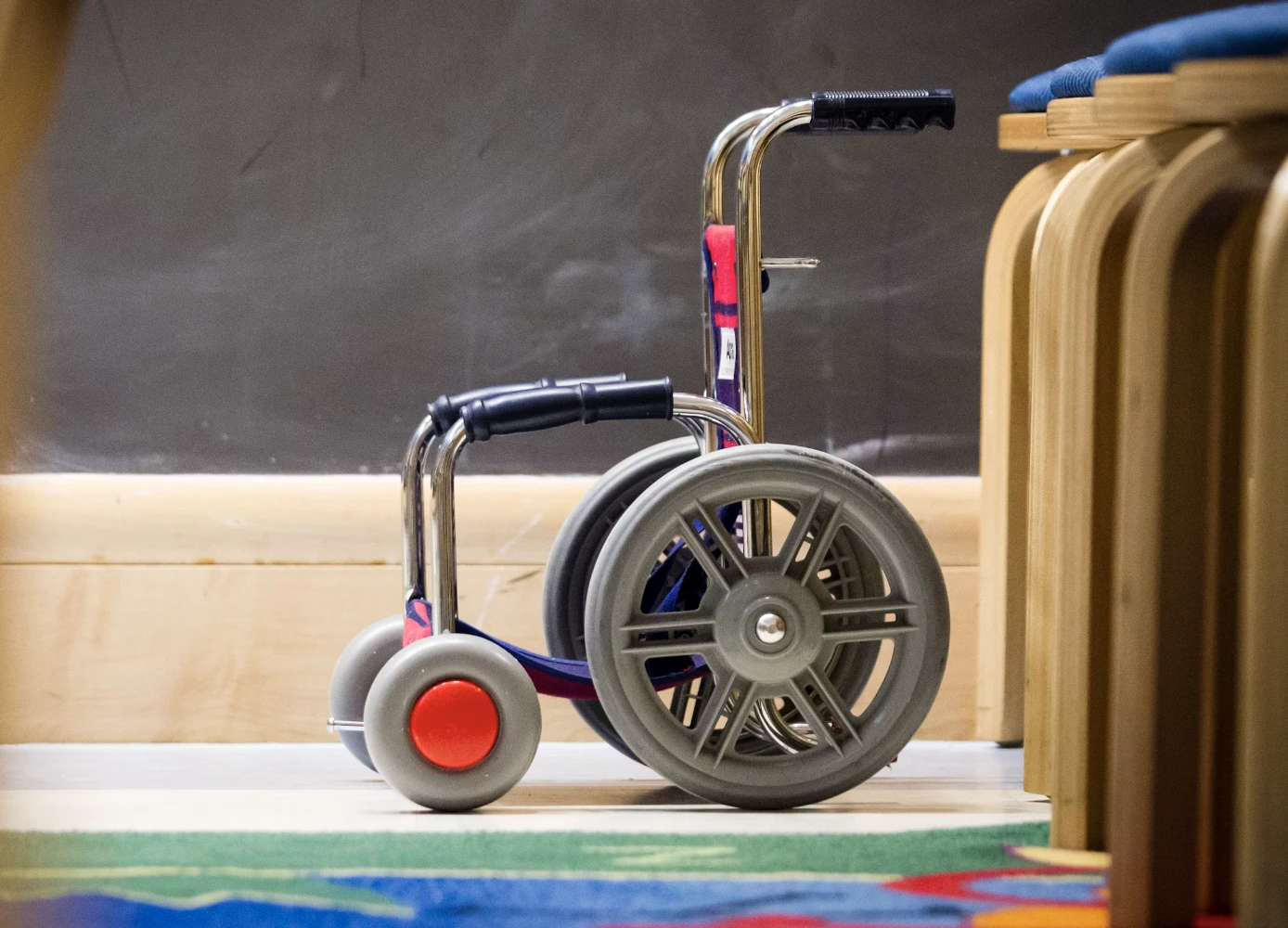
Image by National Cancer Institute, from Unsplash
Smart Wheelchair Enhances Mobility With AI-Driven Shared Control
A new smart wheelchair, the CoNav Chair, described in a paper on the arXiv preprint platform, features a shared control system that combines autonomous navigation with user input to enhance mobility, trust, and efficiency for people with disabilities (PWD).
In a Rush? Here are the Quick Facts!
- It reduces abrupt turns, improving comfort compared to manual or fully autonomous systems.
- It has higher success rates and fewer collisions in complex environments.
- The system integrates LiDAR, cameras, and sensors for real-time situational awareness.
Researchers designed the Robot Operating System (ROS)-based wheelchair to bridge the gap between fully autonomous and manual control systems, which often lead to inefficiencies and reduced user trust. They
Unlike traditional powered wheelchairs (PWC), which can be difficult to operate, or autonomous wheelchairs that limit user control, the CoNav Chair allows users to override the navigation system when necessary.
This hybrid approach ensures smoother movement while preventing abrupt stops or inefficient route choices. The research team tested the system in real-world indoor environments, demonstrating its advantages over fully manual and autonomous modes.
The wheelchair integrates LiDAR sensors, a camera, an inertial measurement unit (IMU), and encoders, allowing it to map its surroundings and navigate obstacles efficiently. The shared control algorithm lets users guide the wheelchair while relying on its automated features for smoother and safer navigation.
The software is built on a ROS-based Simultaneous Localization and Mapping (SLAM) framework, which allows the wheelchair to construct a detailed 2D map of indoor environments. The system balances user input with AI-driven navigation, enhancing both efficiency and safety.
Experimental results demonstrated that the CoNav Chair significantly improves navigation efficiency compared to both manual and fully autonomous systems. It achieves shorter completion times and follows more direct routes than manual operation, allowing users to reach their destinations more quickly.
The shared control system enables smoother trajectories, reducing abrupt turns and enhancing overall comfort. Additionally, the wheelchair demonstrates higher success rates and fewer collisions, making it a more reliable option for navigating complex environments.
Manual control often led to more collisions due to user miscalculations, while autonomous systems sometimes struggled with sharp turns or obstacles. The CoNav Chair effectively combines the strengths of both approaches, allowing for user intervention when necessary while leveraging automation in simpler scenarios.
The CoNav Chair represents a significant step toward improving mobility solutions for PWD, offering a balance between autonomy and user control. By enhancing trust and navigation efficiency, this smart wheelchair has the potential to increase independence and social integration for individuals relying on mobility assistance.


 Previous Story
Previous Story

 Latest articles
Latest articles 

Leave a Comment
Cancel